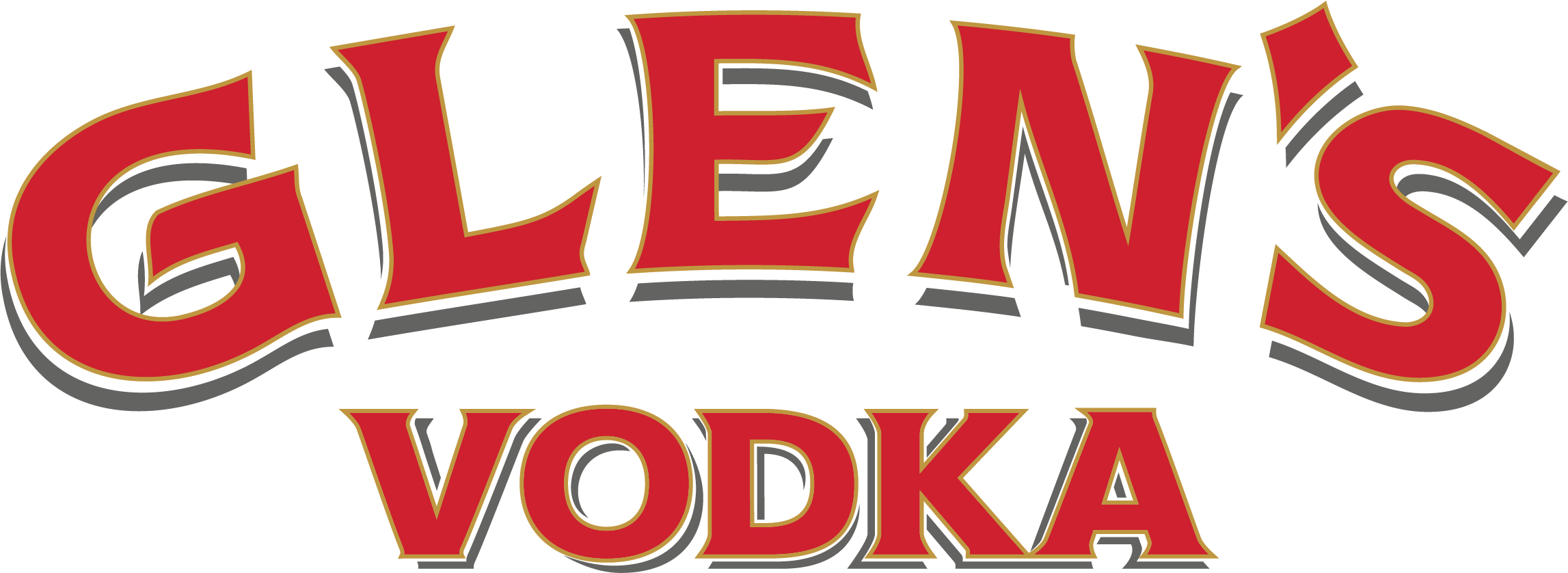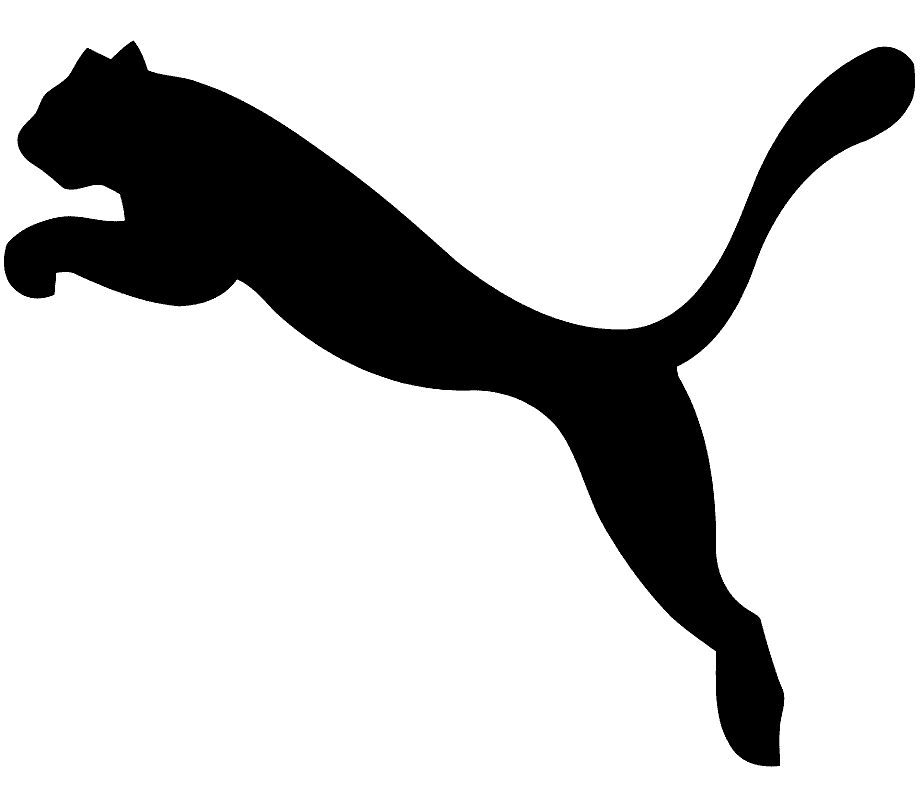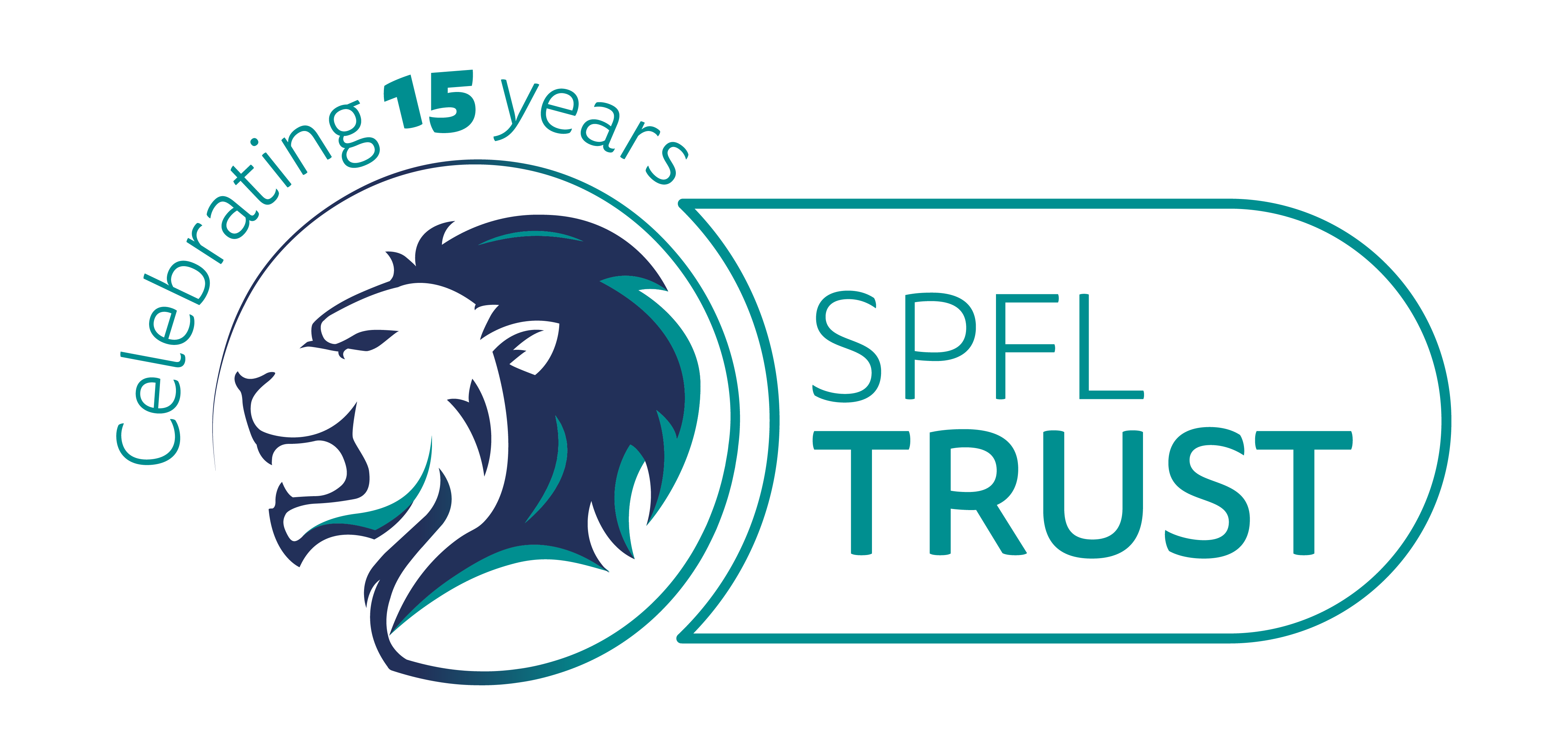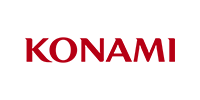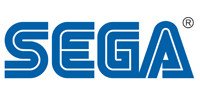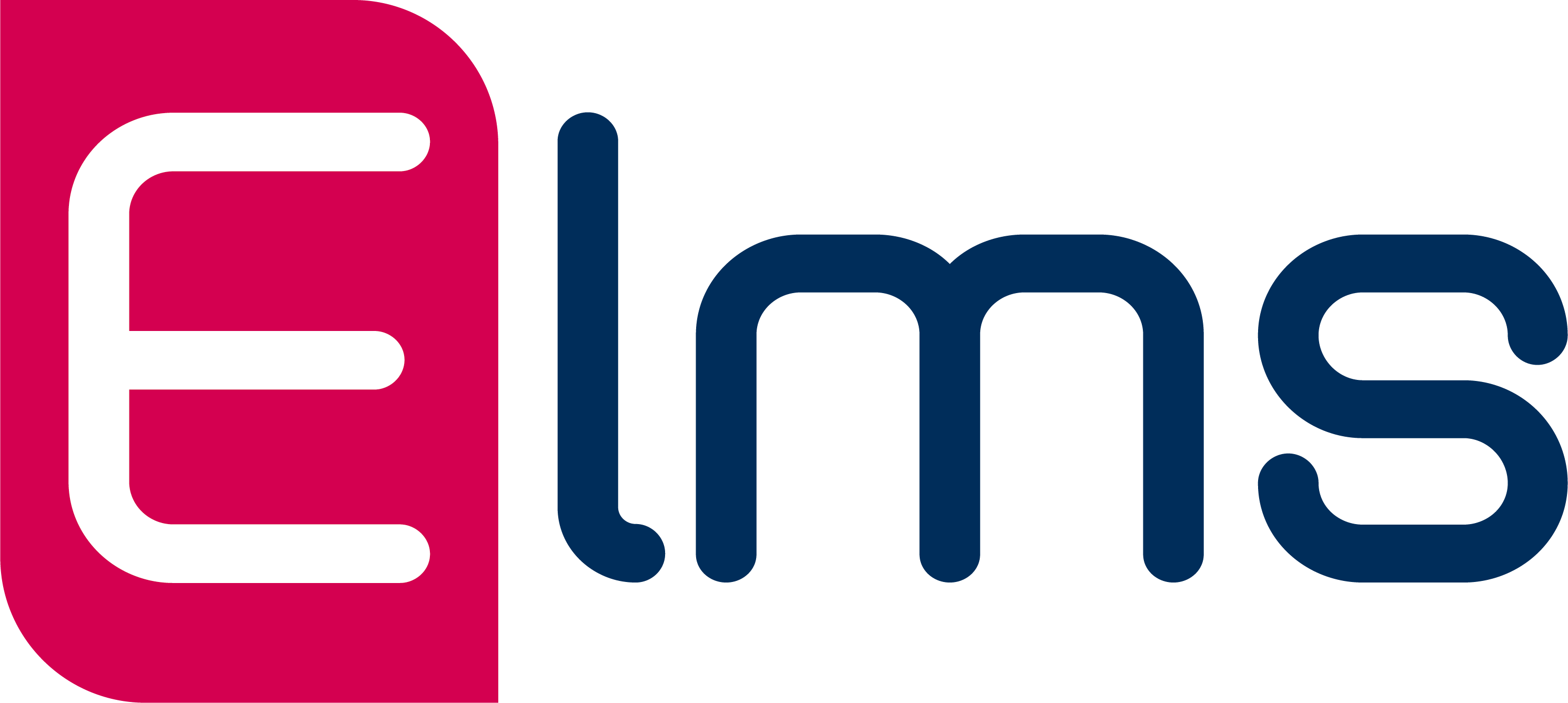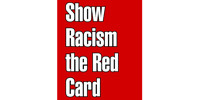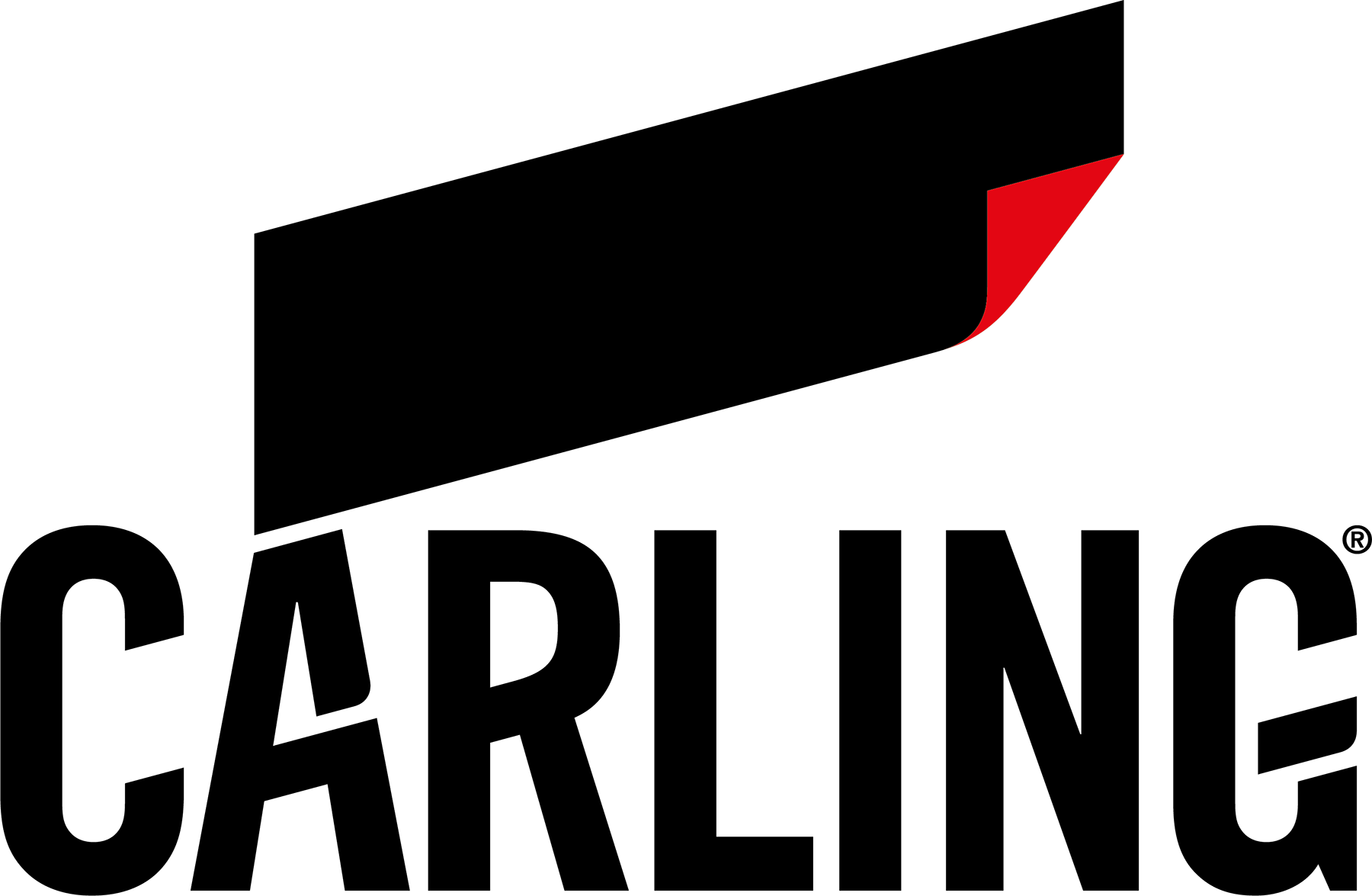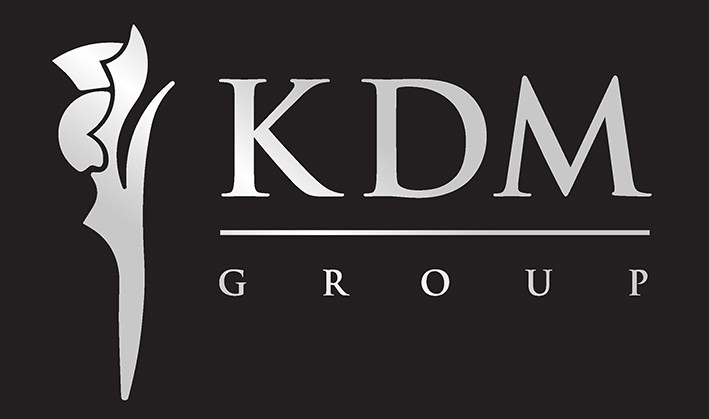Aberdeen’s red with blue ‘Northsound’ home kit symbolises the story of one of the most remarkable transformation of fortunes in the history of Scottish football finery.
In the aftermath of disappointing results against the likes of Skonto Riga and Stenhousemuir, the kit went down in club folklore for all the right reasons, photographed for eternity alongside the club’s only trophy for the next 18 years.
Since the end of the Second World War, Aberdeen’s home kits had been fairly standard red and white affairs. For a period in the late 1970s and early 1980s they experimented with pin stripes of various prominence, and by the late 80s and early 90s, following a switch from Adidas to Umbro, some more complex yet subtle patterns were being trialled with the use of different shades of red. Still, nothing prepared the Dons fans for what was about to explode on to the scene in the summer of 1994.
Explode is an apt word, since supporters at the time attributed the abstract and asymmetric dark blue pattern that adorned both sides of the kit to an explosion in a paint factory! Manufactured by Umbro and sponsored by Northsound Radio, the design also encased Aberdeen’s iconic ‘goalpost’ badge inside a heraldic shield for the first, and indeed, only time in the club’s history.
The 'paint-factory' kit was released in the summer of ’94 and Aberdeen were knocked out of the UEFA Cup by Latvian minnows Skonto Riga. After a poor run of form in the league, manager Willie Miller left the club and was replaced by Roy Aitken.
Aitken would have hoped for a better start to his time at Aberdeen, losing to Stenhousemuir in the fourth round of the Scottish Cup in one of his first games in charge.
On 6 May, 1995, the Dons faced second-bottom Dundee United at Pittodrie, trailing Billy Kirkwood’s men by one point and knowing that defeat to their nearest rivals with just one game remaining would see them officially relegated from the top flight for the first time in their history.
In front of more than 20,000 fans, Billy Dodds and Duncan Shearer scored either side of half-time to give them a priceless win, and their immediate safety was confirmed the following week with a 2-0 win over Falkirk at Brockville.
The Dons’ top-flight future, and indeed the legacy of the strip that they wore, still hung in the balance as the agony of the first ever promotion relegation play-off had to be endured. The Dons, wearing red in both matches, won 3-1 at home and away to Dunfermline to secure a 6-2 aggregate win and end the season on a high.
Just months later, following a Lazarus-style transformation under Aitken and a flying start to the new season, Stewart McKimmie lifted the Coca-Cola Cup aloft at Hampden Park after Billy Dodds and Stephen Glass goals gave them a 2-0 win over Dundee in the final.
It was the club’s first trophy for six years and would be their last for another 18. As the players celebrated and photographers and cameramen immortalised them on film, the garish and asymmetric experiment that had once represented major disappointment, was recast as one of the club’s most iconic jerseys.
Third place in the league followed and the strip was retired in the summer of 1996 after two years on the front line. It had been a bruising and tough time for the club and its fans, but this kit symbolised an incredible transformation in fortunes for the Dons. Its place in Aberdeen’s history was secure.
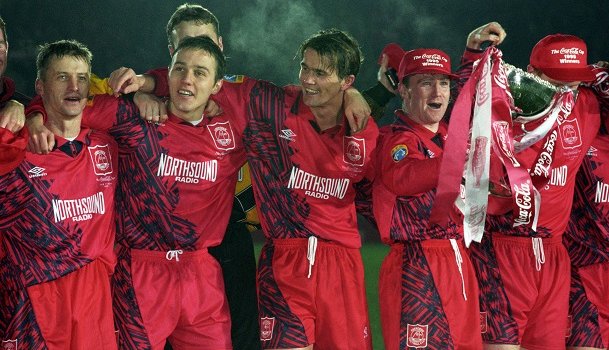


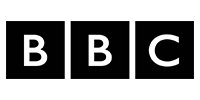
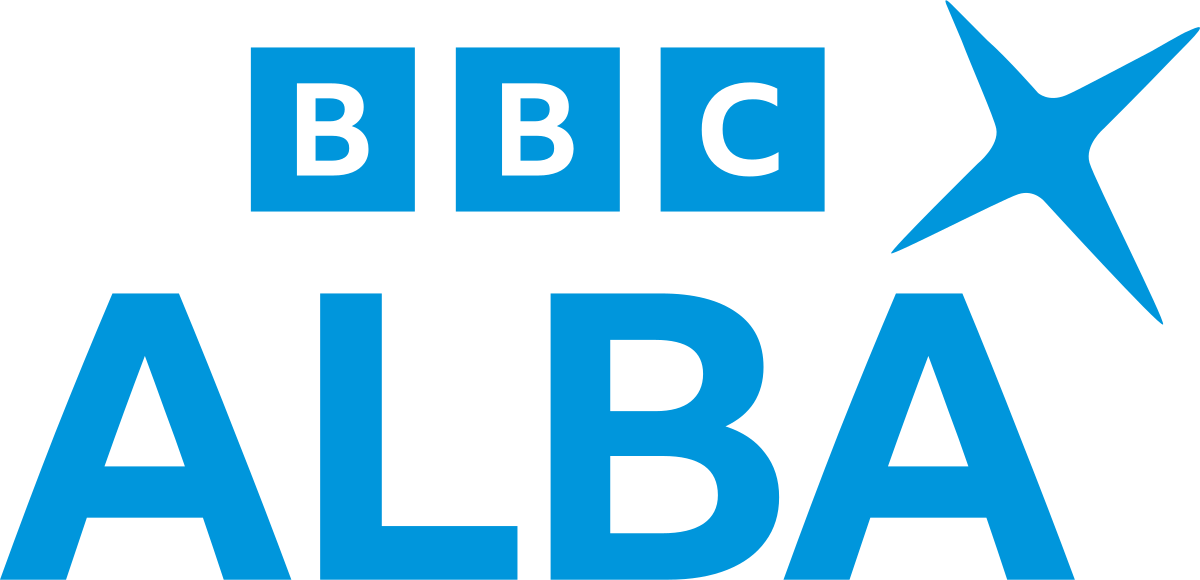
.png)
